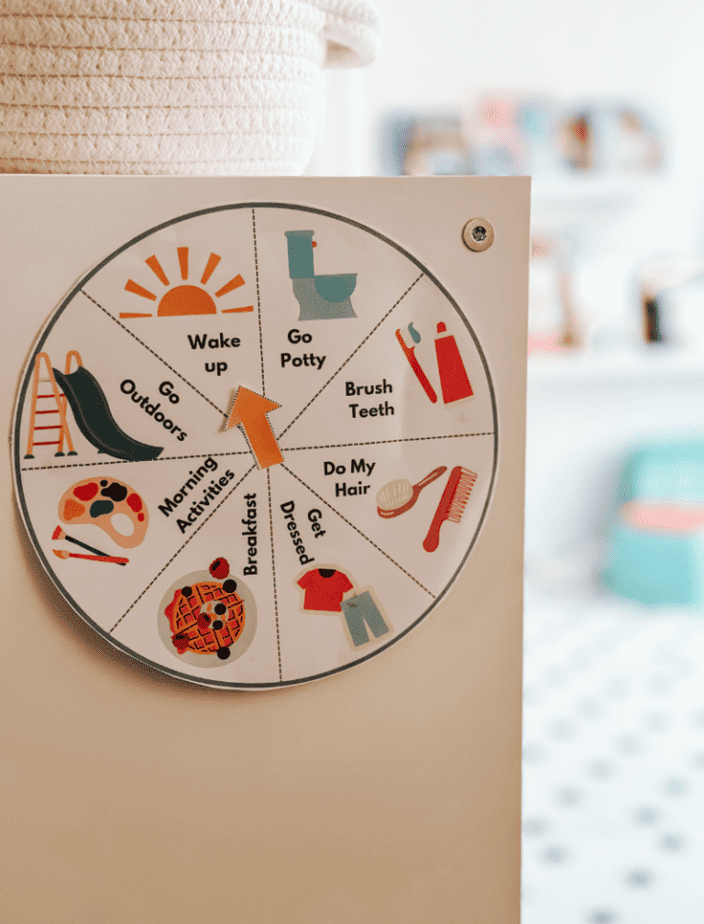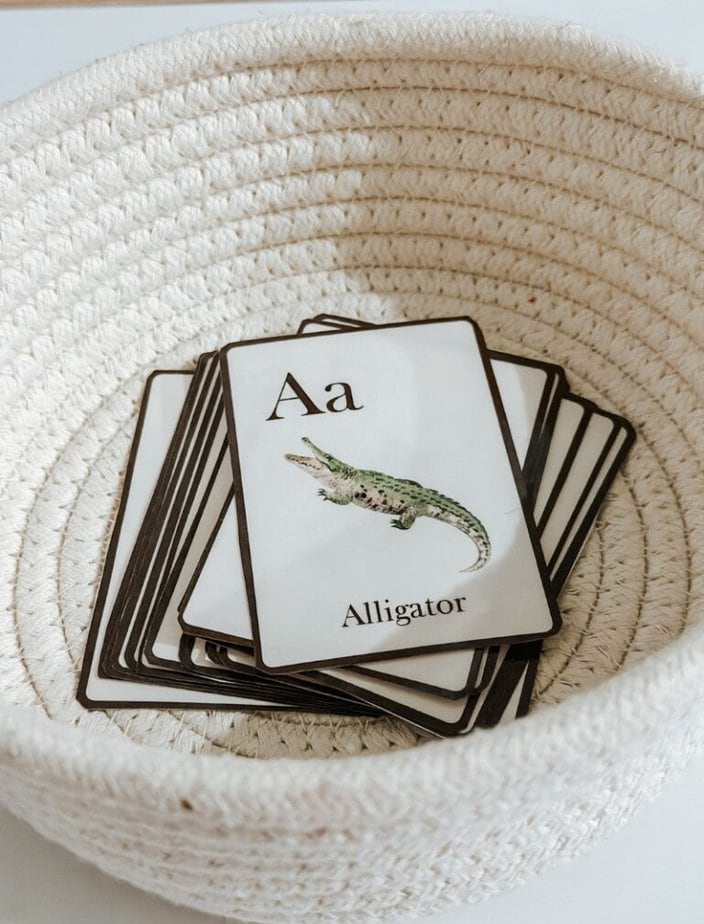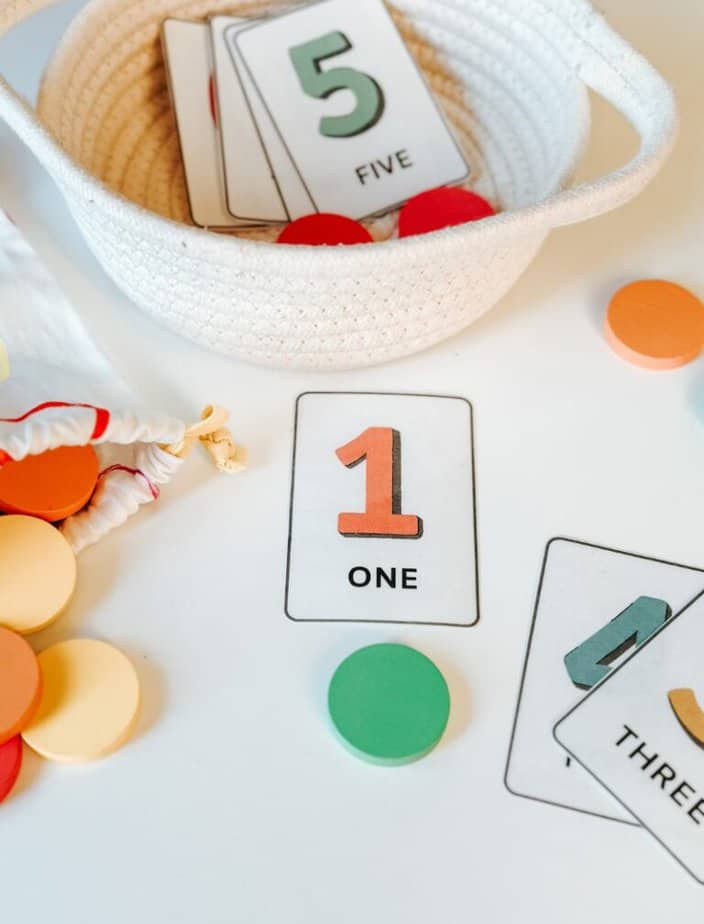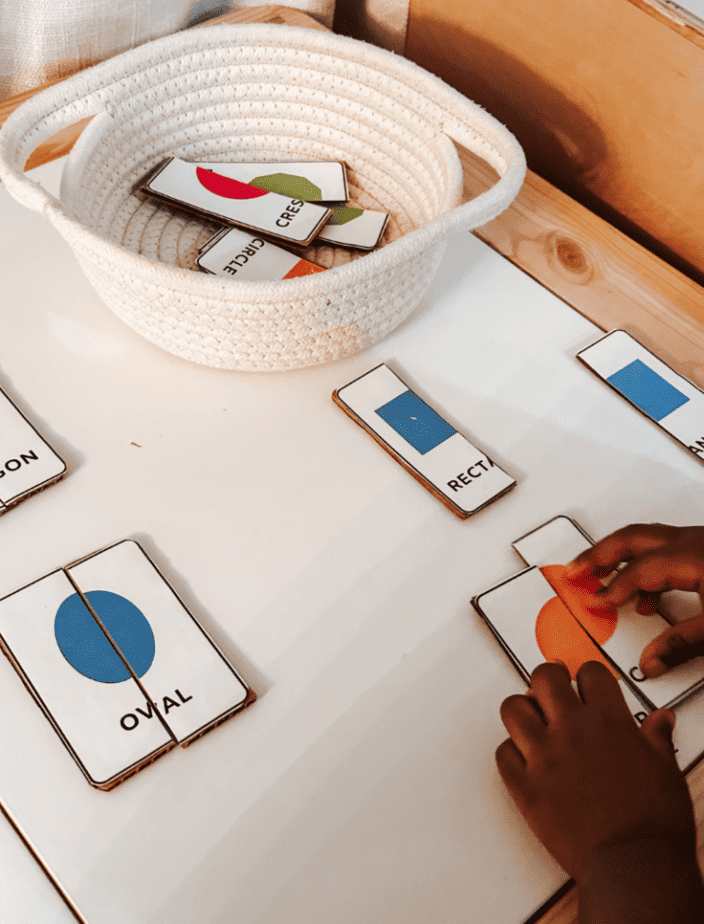How To Homeschool A 2 year old: 7 Steps
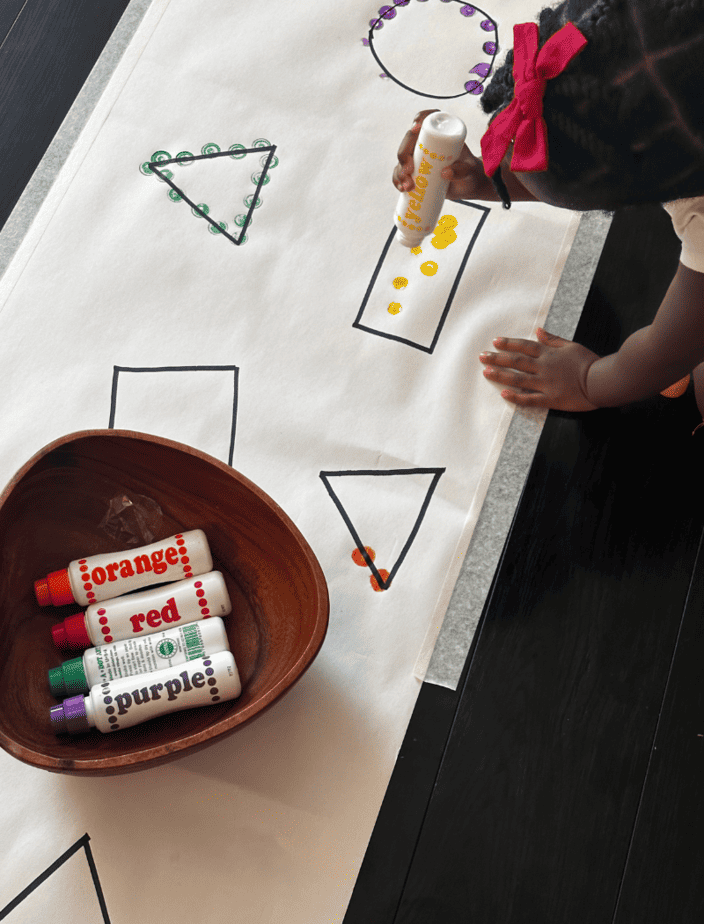
If you have ever been interested in homeschooling, and have a toddler at home you came to the right place! As a former preschool teacher, I know how to homeschool a 2 year old!
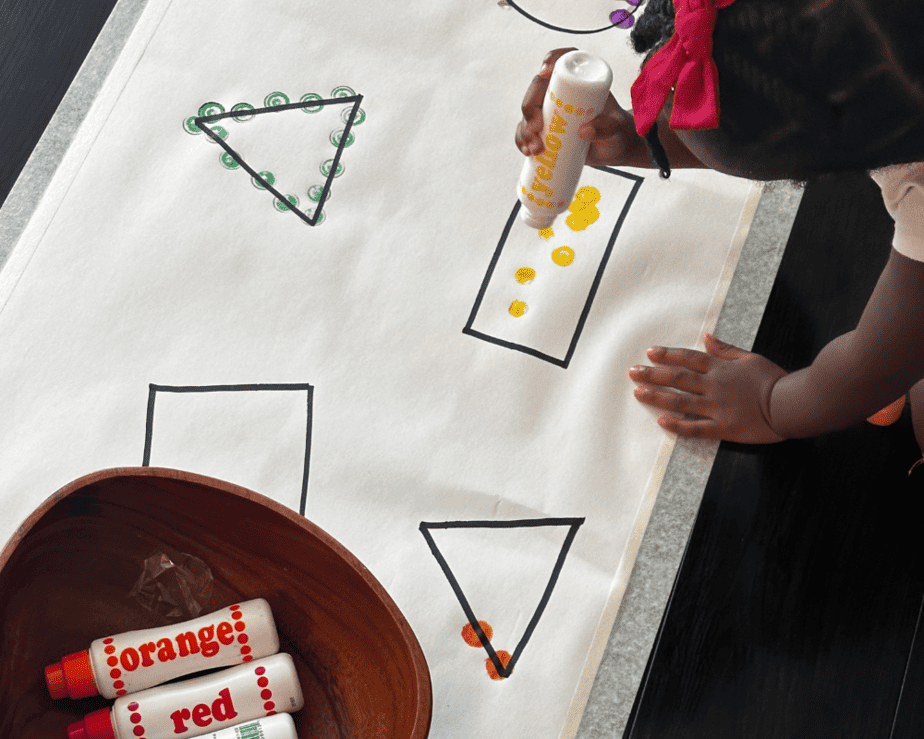
Affiliate Disclaimer:
Being a preschool teacher for so many years, really prepared me for homeschooling! As a mom of two, my little girl is currently at preschool age and we do homeschooling with her!
Homeschooling a 2 year old isn’t hard, but it’s important to know what you should be doing, and have a plan ahead of time to make sure your homeschooling journey starts off successfully!
I started to homeschool my daughter around 2 years old, and these are the exact steps I took to start our homeschooling journey together!
How To Homeschool A 2 Year Old
Focus on play-based learning at this age, Develop a daily routine, introduce developmentally appropriate activities, and encourage curiosity through hands-on learning. Most importantly remain flexible, prioritize spending quality time together, and adapt based on your child’s interests and developmental needs.
1. Determine Your Child’s Developmental Needs
For starters it is important to determine and understand your child’s developmental needs, this is critical for homeschooling effectively. As a preschool teacher, I have taught so many little ones, and they all have had different developmental needs, there isn’t a one size shoe fits all when teaching younger children.
Tailoring activities and lessons to your child’s individual needs ensures the personalized approach that homeschooling offers!
Recognizing and understanding developmental needs and milestones helps to start your homeschooling journey on the right path, and aids in creating a positive educational experience early on.
2. Decide What You Will Focus On
Keeping your child’s developmental needs in mind, you can decide what you will focus on first. Homeschooling for a 2-year-old looks a little different than homeschooling at kindergarten.
Most 2-year-olds are just starting to gain some independence, but still rely on adult help and supervision. Most of what you would teach at this age would be play-based learning and practical life skills. Below are some examples of things you could focus on.
- Letter Sounds
- Alphabet & Number Recognition
- Counting
- Singing Abc’s
- Coloring, and drawing
- Fine motor skill activities
- Gross motor skill activities
- Learning to get dressed
- Meal Prep – Helping to prepare snacks and meals
- Potty Learning
- Washing hands
- Cleaning up after self
- Using buckles, buttons, and straps
Once you can pinpoint your children’s strengths and areas of improvement, you can decide what it is that you want to work on with them!
3. Create A Homeschooling Plan
Having a clear plan is important when balancing your child’s academics and everything that daily life throws at you.
It ensures you create more of a structured, but still flexible approach, nobody likes feeling overwhelmed!
4. Gather Materials & Supplies
Gathering most of the supplies and materials needed beforehand will save you a lot of stress initially. There is nothing more frustrating than trying to teach a lesson, but you have to keep stopping to find what you need!
To avoid this, try to gather materials and supplies the night before. I have found this strategy most helpful with my homeschooling journey.
5. Establish A Learning Routine
Homeschooling offers a lot of flexibility during the day, you can decide when starting lessons for the day is best. That’s why it’s important to create a learning routine!
Your learning routine can include when lessons will start, what subjects you would like to focus on first, and the overall flow of the learning time. I find that my daughter does best with a learning routine that starts shortly after breakfast. We begin with songs, reading games, and then move into whatever else we have planned for the day.
6. Schedule Outings & Playdates
For a well-rounded homeschooling experience it’s important to make getting out of the house, and socializing a major priority of your homeschooling journey!
Considering your little one isn’t in daycare or traditional school just yet. It’s important to schedule. things outside of the house as well.
When my daughter was this age, we did dance class once a week, and then I sprinkled in playdates throughout the week when I could.
7. Set a Daily Routine
Here is what a sample daily routine could look like when homeschooling a 2 year old:
- 7:00 am Wakeup
- 8:00 am Breakfast
- 9:00am Indeendent Play
- 10:00 am Morning Snack
- 10:15 – 11:15 am Learning Hour
- 11:25 – 12:15 pm Go Outside To Play
- 12:30 pm Lunchtime
- 1:00 – 2:30 pm Quiet Time | Nap time
- 2:45 pm Snacktime
- 3:00 pm – Go outdoors | Independent Play
It’s important to create a daily routine as an outline of your day. Keep in mind that on days that you do on outings, this routine may look a little different and that’s ok! Remember to be flexible, but also have a plan in motion to refer back to when needed!
This Post was about How To Homeschool A 2 Year Old
